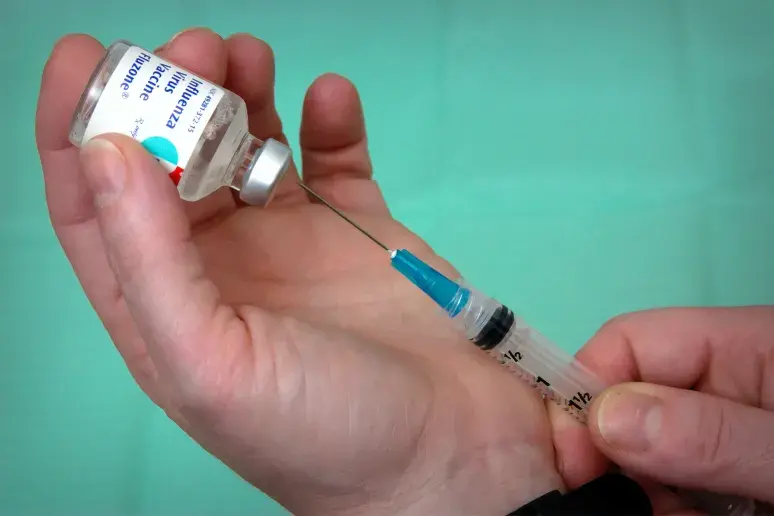
Could a universal vaccine protect against all strains of flu?
Getting a flu jab is an annual occurrence for most elderly people, but a more effective version of the vaccine could be on the horizon. At present, the inoculation offered to protect the vulnerable provides antibodies against four strains of flu expected to be in circulation next winter.
Now, scientists believe they could have hit upon the answer to offering a more wide-ranging defence. Researchers at the US National Institute of Allergy and Infectious Diseases are targeting the stem of the proteins called hemagglutinins that are found on the flu virus, when traditional jabs focused on the head.
The theory is that by replacing the head with one engineered not to be recognised by the immune system, the stem can then be used to combat all strains of flu. It’s usually the head of the virus that mutates, resulting in the need for a new vaccine to be developed each year.
Sarah Andrews, a researcher on the new approach said: “The only thing the immune system can see is the stem.”
Flu kills between 10,000 and 30,000 people annually in the UK, making a universal jab highly sought after. There are three strains of the virus - A, B and C - all with their own substrains, which are constantly evolving.
Scientists look at the patterns of strains A and B around the world to decide which ones to include in the vaccine for the coming winter. C strains aren’t included as the symptoms of this type of flu are usually mild in humans.
As the decisions over which strains to protect again happen months in advance of an outbreak, the resulting vaccine is not always the most successful. In the winter of 2014 to 2015, for example, the flu jab was only three per cent effective and some 30,000 people died of flu in 2015 in England and Wales alone.
The scientists in the US have already started to test the new approach to the vaccine, with 52 volunteers taking part in a trial. They were injected with two doses that were designed to protect against all A substrains of the virus.
A year after receiving the jab, the participants were found to still have antibodies against all A flu strains. The side effects reported from the injection included soreness at the site where it was administered and headaches in one in five of the volunteers. These symptoms are in line with those often experienced with the traditional flu jab.
Ms Andrews predicted it could be between five and ten years before the new generation of flu vaccines is ready to be rolled out across the world.
Photo credit: Unsplash/CDC
Find your nearest Barchester care home
With over 200 care homes in the UK, there's always a Barchester care home near you.
